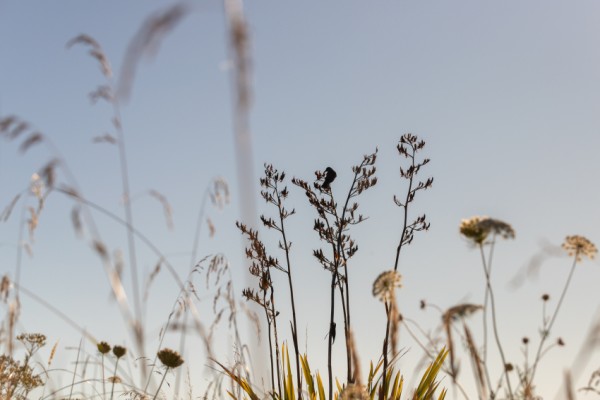
Visiting the place where someone died by suicide can stir deep emotions. For many, it’s a space heavy with mamae/pain, unanswered questions, and spiritual weight.
A blessing can help bring a sense of peace, clear the wairua of the place, and support healing for those who remain.
This may be led by a kuia or kaumātua, tohunga, church or spiritual leader, cultural elder, or a trusted friend or whānau member. Consider who holds the right presence and connection for your whānau.
For Māori, karakia can play a vital role. It can help farewell the spirit of the person who has died, and guide them on their journey to be reunited with their tūpuna and creator. It also helps to lift tapu and restore balance to the space, allowing others to return to it without fear or spiritual heaviness. There’s no right or wrong way to approach this. What matters is that it feels tika/right for you and your whānau.
Creating safe spaces for grieving
It’s best to steer away from permanent memorials at the place where someone died by suicide. They can sometimes become a focus point for others who are feeling suicidal, or even a place where people might harm themselves. You can still honor the memory of the person who died in other ways, without including the location. This is important, as otherwise the site could become a “hot spot” that could draw attention in unsafe ways.
Instead, you could focus on something meaningful for you and those close to them, while also keeping others safe.